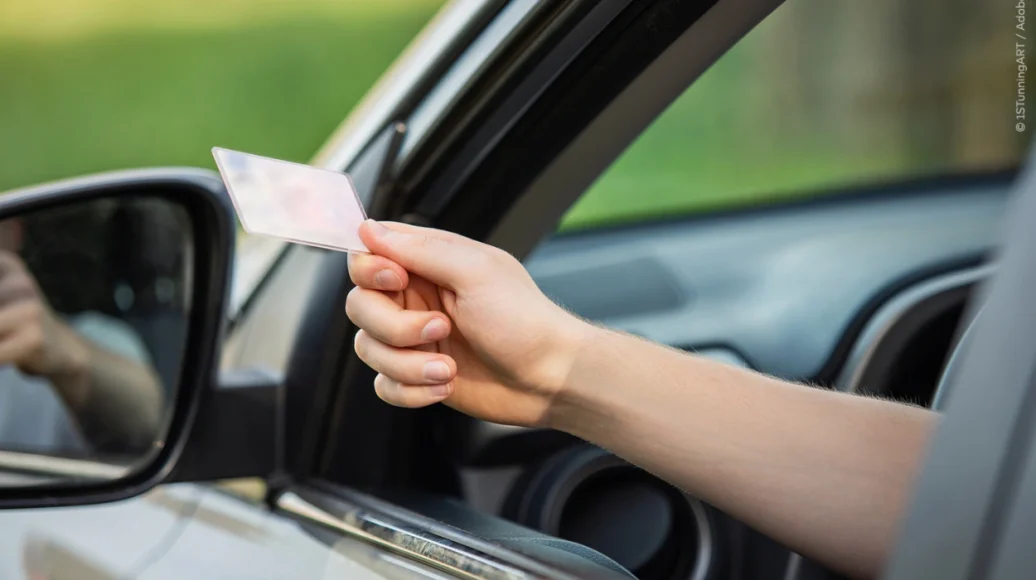Europe, with its thousands of miles of roads and millions of drivers, thrives on ease of mobility and safety. The European Union’s driving licence rules create a coherent, secure, and flexible system that governs how driving licences are issued, recognized, and renewed across all member states and the broader European Economic Area (EEA). This article explores the evolution, current standards, recent reforms, and practical considerations surrounding EU driving licence rules, providing essential information for drivers navigating the continent.
The EU driving licence framework aims to unify licensing procedures and credentials across 31 countries, including all 27 EU members plus Iceland, Liechtenstein, and Norway. This harmonization simplifies cross-border travel, reduces fraud risks, and establishes common safety and fitness standards. Whether you reside in Lisbon, Warsaw, or Oslo, the EU driving licence rules ensure your driving credentials are valid and recognized across the region—making long-distance travel and residency changes hassle-free.
Historical Development of EU Driving Licence Rules
Before EU harmonization, over 110 different national driving licences existed, causing administrative complexity and recognition hurdles. Starting in 1980 with Directive 80/1263/EEC, the EU began creating a Community driving licence model to standardize formats and procedures.
Subsequent directives, notably Directive 91/439/EEC from 1991 and its successor Directive 2006/126/EC, established common minimum standards for driving licences across the EU. These rules mandated the successful completion of both theoretical knowledge tests and practical driving exams before issuance. They also set minimum age requirements for different vehicle categories to standardize eligibility. Importantly, the directives introduced health and fitness criteria that applicants must meet to ensure safe driving capabilities. Additionally, they harmonized licence formats and vehicle categories across member states to enhance mutual recognition and road safety. The modern credit card-style driving licence, offering improved security and durability, was introduced in 2013, replacing older paper-based licences throughout the European Economic Area.

Features of the EU Driving Licence System
The EU driving licence has a standardized format, presented as a plastic card featuring the holder’s photograph, personal information, licence number, authorized vehicle categories, and validity dates, all adhering to a common layout shared across EEA member states. Vehicle categories are harmonized, covering a spectrum from mopeds to heavy trucks and buses, with progressive access rules and standardized minimum age requirements to ensure consistency. Mutual recognition rules guarantee that any valid EU or EEA driving licence is accepted by all member states without the need to retake tests, facilitating seamless mobility across borders. Licences typically have a validity of 10 to 15 years; however, categories for heavy vehicles require renewal every five years, often accompanied by mandatory medical examinations. Importantly, licences must be issued by the country where the driver maintains normal residency, ensuring regulatory alignment and local oversight.
Modern Reforms Shaping the EU Driving Licence Landscape
In 2025, the European Union reached a provisional agreement on significant updates to its driving licence rules, emphasizing digitization, road safety, and workforce sustainability. One of the major changes is the introduction of harmonized digital driving licences accessible via smartphones, integrated with the EU Digital Identity Wallet. This development will simplify licence renewals, exchanges, and verification
Comments
2 responses to “EU Driving Licence Reforms: Digital IDs and Road Safety”
-
Fancy a digital driving licence? Because clearly, managing one outdated card was just too easy for us poor souls! 🚗💨
-
Isn’t it just delightful that we now need a smartphone to prove we can drive? Next, they’ll have us scanning our faces just to cross the road! 😂🚦
-
Seems like the EU is finally catching up with the times, eh? Digital driving licences on your phone—next thing you know, they’ll be issuing them with your morning croissant! 🍞🚗
Last News

This Could Be Ukraine’s Best Outcome

EU Driving Licence Reforms: Digital IDs and Road Safety

Global News Summary: Libya Justice Efforts, Ukraine Deadly Attacks, Post-Ceasefire Deaths
Libya is witnessing a renewed push for justice, with Nazhat Shameem Khan highlighting the anticipation of the first trial at the Court concerning this situation. She noted that the arrest of Khaled El Hishri by German authorities in July exemplifies this growing momentum. El Hishri stands accused of war crimes and crimes against humanity, including murder, torture, rape, and sexual violence at L

MEP Eva Maydel: Bulgaria Has All It Needs to Develop AI Models for Business Efficiency
The regulation, which aims to create standardized rules for

Veit Medick: Merz scheitert an der Rente, Klingbeil an persönlichen Herausforderungen

The UK’s Approach to International Relations After Brexit
The foreign policy of the United Kingdom (UK) is grounded in a pragmatic approach that balances national security, economic prosperity, and global influence through active diplomacy, alliances, and development cooperation. As a historically dominant global power and a current permanent member of the United Nations Security Council, the UK continues to wield significant soft power and military ca

Analysis: The proportion of individuals who view themselves as poor ranks 12th lowest in the EU

Somalia Declares Drought Emergency as Millions Face Hunger Following Failed Rains
Puntland is severely affected, with nearly one million people in need of support, including 130,000 facing life-threatening conditions.
A UN mission to Bari and Nu

De Wever of Belgium Intensifies Opposition to Russian Frozen Assets Deal

4.9 Magnitude Earthquake in Alaska Shakes Anchorage
USA (Brussels Morning Newspaper) – A magnitude 4.9 earthquake struck near Beluga, Alaska, early Saturday morning, causing shaking felt in Anchorage about 70 miles away. The quake occurred at a depth of approximately 38 miles, with no immediate reports of damage or injuries.
Significant Earthquake Event in Southern Alaska
As reported by journalists at Yahoo News and Fox Weather, a magnitude 4.9 e



Leave a Reply